×
Il semble que vous utilisiez une version obsolète de internet explorer. Internet explorer n'est plus supporté par Microsoft depuis fin 2015. Nous vous invitons à utiliser un navigateur plus récent tel que Firefox, Google Chrome ou Microsoft Edge.

Devenez membre d'Incathlab et bénéficiez d'un accès complet !
Vous devez être membre pour accéder aux vidéos Incathlab sans limitation. Inscrivez vous gratuitement en moins d'une minute et accédez à tous les services Incathlab ! Vous avez aussi la possibilité de vous connecter directement avec votre compte facebook ou twitter en cliquant sur login en haut à droite du site.
Inscription Connexion
Inscription Connexion
Please give us your feedback after the live
Fill the survey →
Since the advent of TEVAR, we have witnessed endovascular repair being applied to treat increasingly complicated disease states in challenging aortic anatomies. Thoracic endografting provides a therapeutic option to an increasing number of patients who are not good candidates for open repair or who prefer a minimally invasive approach.
However, despite recent advancements, TEVAR is not free from complications, and challenges with bird-beaking and windsocking continue to be a problem, especially in the aortic arch, with deployment mechanisms where the proximal end opens while the distal end remains constrained.
Discover in this webinar how to overcome these challenges and the novel features that the new GORE® TAG® Conformable Thoracic Stent Graft with ACTIVE CONTROL System introduces.
Program
| 18:00 |
Introduction and presentation of learning objectives of the session - Prof. G. Torsello |
| 18:10 |
TEVAR device selection and case planning in consideration of disease and anatomy - Dr R. Heijmen |
| 18:20 |
Introducing the new GORE® TAG® Conformable Thoracic Endoprosthesis with Active Control System - Prof. G Torsello |
| 18:30 |
Live-in-Box Presentation: TEVAR in short and angulated neck case example
|
| 19:00 |
Live-in-Box Presentation: TEVAR in challenging anatomies key learnings from other clinical cases |
| 19:20 | Closing Remarks |
Objectives
-
Gain knowledge on endovascular treatment of thoracic aortic aneurysms
-
TEVAR devices selection and best strategies for optimal patient's outcomes
-
Understand proper patient selection criteria, sizing and implantation techniques for the GORE® TAG® Conformable stent graft with ACTIVE CONTROL system
-
TEVAR Case planning consideration and oversizing options in consideration of patient anatomy and indications (trauma, dissection)
-
Precise Placement in the proximal neck and proximal to the celiac trunk, angulation control in the proximal neck and overlapping zones
-
Provide platform for discussion with experts, about patients’ outcomes and population treated with TEVAR
Target audience
- Endovascular specialists (vascular surgeons, interventional radiologists, interventional angiologists, interventional cardiologists and cardiothoracic surgeons)
Date du tournage : 19/03/2018
Dernière mise à jour : 20/03/2018
Dernière mise à jour : 20/03/2018
GORE® TAG® Conformable Thoracic Stent Graft / Gore
with ACTIVE CONTROL System
Participer à la discussion
Suggestions
Lundi 9 novembre 2020 de 17h30 à 18h30 (GMT+1)
Honolulu : Lundi 9 novembre 2020 de 05h30 à 06h30 (GMT+1)
San Francisco : Lundi 9 novembre 2020 de 07h30 à 08h30 (GMT+1)
New York : Lundi 9 novembre 2020 de 10h30 à 11h30 (GMT+1)
Buenos Aires : Lundi 9 novembre 2020 de 12h30 à 13h30 (GMT+1)
London / Dublin : Lundi 9 novembre 2020 de 15h30 à 16h30 (GMT+1)
Paris / Berlin : Lundi 9 novembre 2020 de 16h30 à 17h30 (GMT+1)
Istanbul : Lundi 9 novembre 2020 de 17h30 à 18h30 (GMT+1)
Moscou / Dubaï : Lundi 9 novembre 2020 de 19h30 à 20h30 (GMT+1)
Bangkok : Lundi 9 novembre 2020 de 22h30 à 23h30 (GMT+1)
Shanghai : Lundi 9 novembre 2020 de 23h30 à 00h30 (GMT+1)
Tokyo : Mardi 10 novembre 2020 de 00h30 à 01h30 (GMT+1)
Sydney : Mardi 10 novembre 2020 de 01h30 à 02h30 (GMT+1)
Wellington : Mardi 10 novembre 2020 de 03h30 à 04h30 (GMT+1)
San Francisco : Lundi 9 novembre 2020 de 07h30 à 08h30 (GMT+1)
New York : Lundi 9 novembre 2020 de 10h30 à 11h30 (GMT+1)
Buenos Aires : Lundi 9 novembre 2020 de 12h30 à 13h30 (GMT+1)
London / Dublin : Lundi 9 novembre 2020 de 15h30 à 16h30 (GMT+1)
Paris / Berlin : Lundi 9 novembre 2020 de 16h30 à 17h30 (GMT+1)
Istanbul : Lundi 9 novembre 2020 de 17h30 à 18h30 (GMT+1)
Moscou / Dubaï : Lundi 9 novembre 2020 de 19h30 à 20h30 (GMT+1)
Bangkok : Lundi 9 novembre 2020 de 22h30 à 23h30 (GMT+1)
Shanghai : Lundi 9 novembre 2020 de 23h30 à 00h30 (GMT+1)
Tokyo : Mardi 10 novembre 2020 de 00h30 à 01h30 (GMT+1)
Sydney : Mardi 10 novembre 2020 de 01h30 à 02h30 (GMT+1)
Wellington : Mardi 10 novembre 2020 de 03h30 à 04h30 (GMT+1)
Percutaneous Endovascular AAA Repair
Daily practice and clinical evidence
Partager
Jeudi 28 février 2019 de 11h30 à 13h (GMT+1)
Honolulu : Mercredi 27 février 2019 de 23h30 à 01h (GMT+1)
San Francisco : Jeudi 28 février 2019 de 01h30 à 03h (GMT+1)
New York : Jeudi 28 février 2019 de 04h30 à 06h (GMT+1)
Buenos Aires : Jeudi 28 février 2019 de 06h30 à 08h (GMT+1)
London / Dublin : Jeudi 28 février 2019 de 09h30 à 11h (GMT+1)
Paris / Berlin : Jeudi 28 février 2019 de 10h30 à 12h (GMT+1)
Istanbul : Jeudi 28 février 2019 de 11h30 à 13h (GMT+1)
Moscou / Dubaï : Jeudi 28 février 2019 de 13h30 à 15h (GMT+1)
Bangkok : Jeudi 28 février 2019 de 16h30 à 18h (GMT+1)
Shanghai : Jeudi 28 février 2019 de 17h30 à 19h (GMT+1)
Tokyo : Jeudi 28 février 2019 de 18h30 à 20h (GMT+1)
Sydney : Jeudi 28 février 2019 de 19h30 à 21h (GMT+1)
Wellington : Jeudi 28 février 2019 de 21h30 à 23h (GMT+1)
San Francisco : Jeudi 28 février 2019 de 01h30 à 03h (GMT+1)
New York : Jeudi 28 février 2019 de 04h30 à 06h (GMT+1)
Buenos Aires : Jeudi 28 février 2019 de 06h30 à 08h (GMT+1)
London / Dublin : Jeudi 28 février 2019 de 09h30 à 11h (GMT+1)
Paris / Berlin : Jeudi 28 février 2019 de 10h30 à 12h (GMT+1)
Istanbul : Jeudi 28 février 2019 de 11h30 à 13h (GMT+1)
Moscou / Dubaï : Jeudi 28 février 2019 de 13h30 à 15h (GMT+1)
Bangkok : Jeudi 28 février 2019 de 16h30 à 18h (GMT+1)
Shanghai : Jeudi 28 février 2019 de 17h30 à 19h (GMT+1)
Tokyo : Jeudi 28 février 2019 de 18h30 à 20h (GMT+1)
Sydney : Jeudi 28 février 2019 de 19h30 à 21h (GMT+1)
Wellington : Jeudi 28 février 2019 de 21h30 à 23h (GMT+1)
Introducing innovative solutions for the treatment of visceral arteries in complex BEVAR and FEVAR
Best clinical practice for achieving perfusion of visceral arteries
Partager
Vendredi 6 octobre 2017 de 12h30 à 14h (GMT+2)
Honolulu : Vendredi 6 octobre 2017 de 00h30 à 02h (GMT+2)
San Francisco : Vendredi 6 octobre 2017 de 03h30 à 05h (GMT+2)
New York : Vendredi 6 octobre 2017 de 06h30 à 08h (GMT+2)
Buenos Aires : Vendredi 6 octobre 2017 de 07h30 à 09h (GMT+2)
Reykjavik : Vendredi 6 octobre 2017 de 10h30 à 12h (GMT+2)
London / Dublin : Vendredi 6 octobre 2017 de 11h30 à 13h (GMT+2)
Paris / Berlin : Vendredi 6 octobre 2017 de 12h30 à 14h (GMT+2)
Istanbul : Vendredi 6 octobre 2017 de 13h30 à 15h (GMT+2)
Moscou / Dubaï : Vendredi 6 octobre 2017 de 14h30 à 16h (GMT+2)
Bangkok : Vendredi 6 octobre 2017 de 17h30 à 19h (GMT+2)
Shanghai : Vendredi 6 octobre 2017 de 18h30 à 20h (GMT+2)
Tokyo : Vendredi 6 octobre 2017 de 19h30 à 21h (GMT+2)
Sydney : Vendredi 6 octobre 2017 de 21h30 à 23h (GMT+2)
Wellington : Vendredi 6 octobre 2017 de 23h30 à 01h (GMT+2)
San Francisco : Vendredi 6 octobre 2017 de 03h30 à 05h (GMT+2)
New York : Vendredi 6 octobre 2017 de 06h30 à 08h (GMT+2)
Buenos Aires : Vendredi 6 octobre 2017 de 07h30 à 09h (GMT+2)
Reykjavik : Vendredi 6 octobre 2017 de 10h30 à 12h (GMT+2)
London / Dublin : Vendredi 6 octobre 2017 de 11h30 à 13h (GMT+2)
Paris / Berlin : Vendredi 6 octobre 2017 de 12h30 à 14h (GMT+2)
Istanbul : Vendredi 6 octobre 2017 de 13h30 à 15h (GMT+2)
Moscou / Dubaï : Vendredi 6 octobre 2017 de 14h30 à 16h (GMT+2)
Bangkok : Vendredi 6 octobre 2017 de 17h30 à 19h (GMT+2)
Shanghai : Vendredi 6 octobre 2017 de 18h30 à 20h (GMT+2)
Tokyo : Vendredi 6 octobre 2017 de 19h30 à 21h (GMT+2)
Sydney : Vendredi 6 octobre 2017 de 21h30 à 23h (GMT+2)
Wellington : Vendredi 6 octobre 2017 de 23h30 à 01h (GMT+2)
A stepwise approach for long-term patency in the SFA
DCB-BMS-DES: When and How?
Partager
TEVAR of the thoracic aneurysm with short neck below left common carotid artery using C TAG with act...
Case of the month: March 2022
Partager

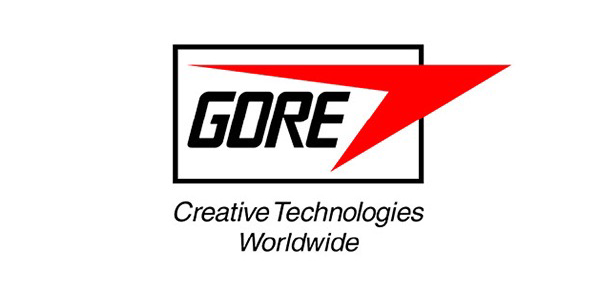
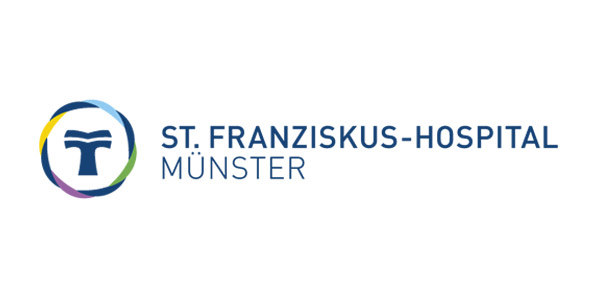
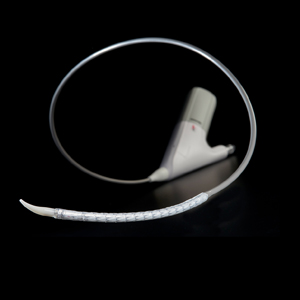
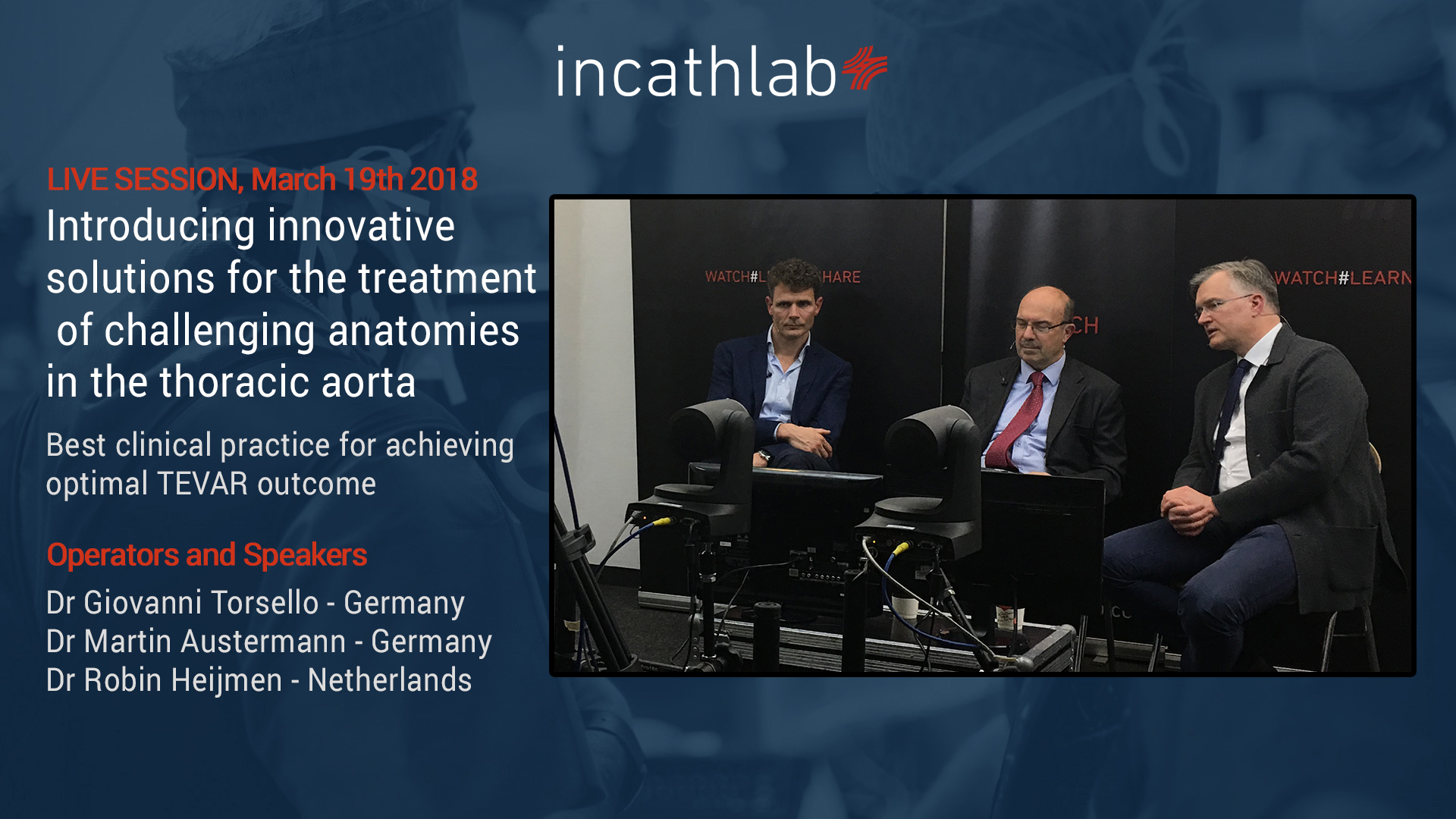
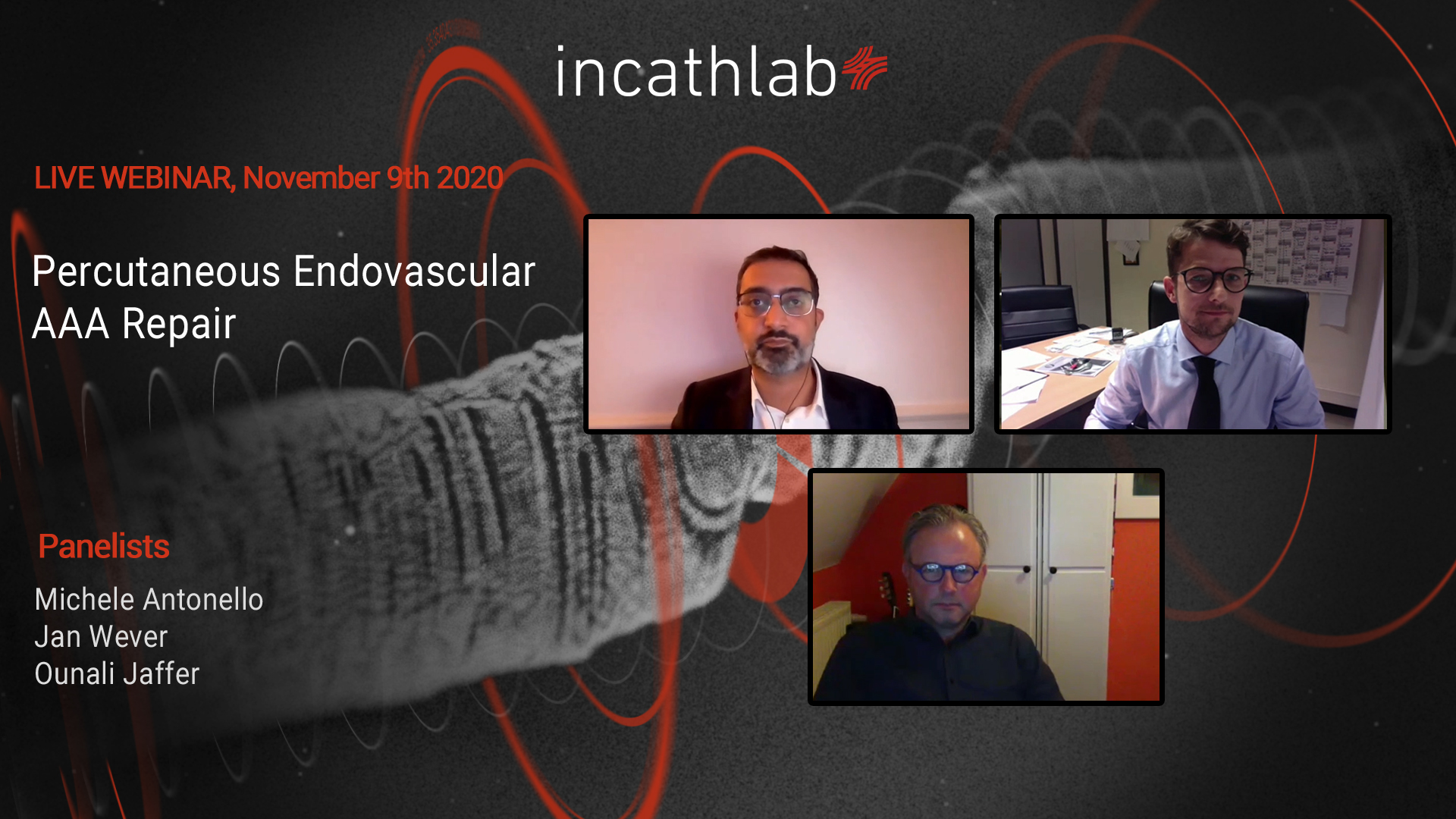
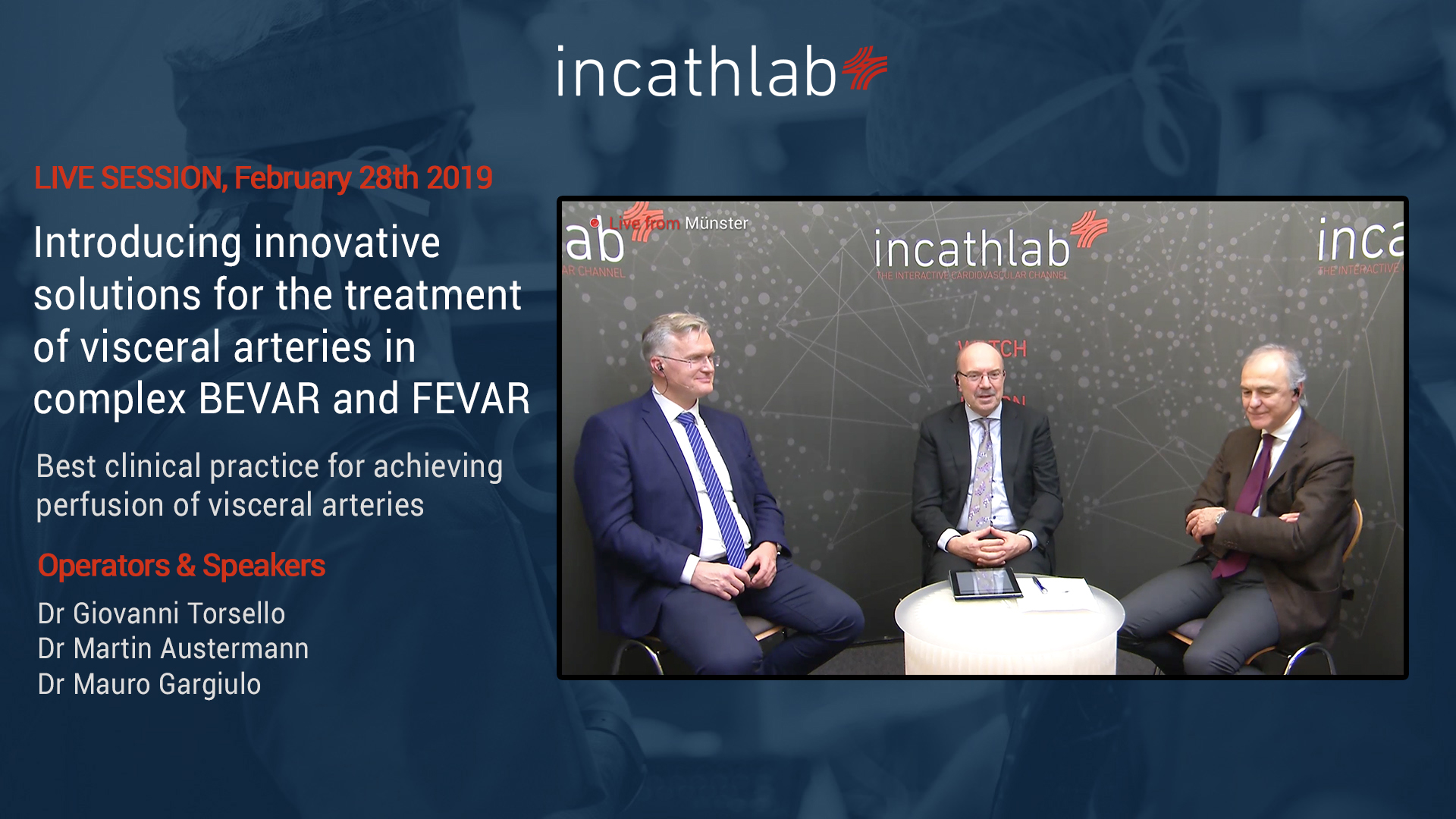
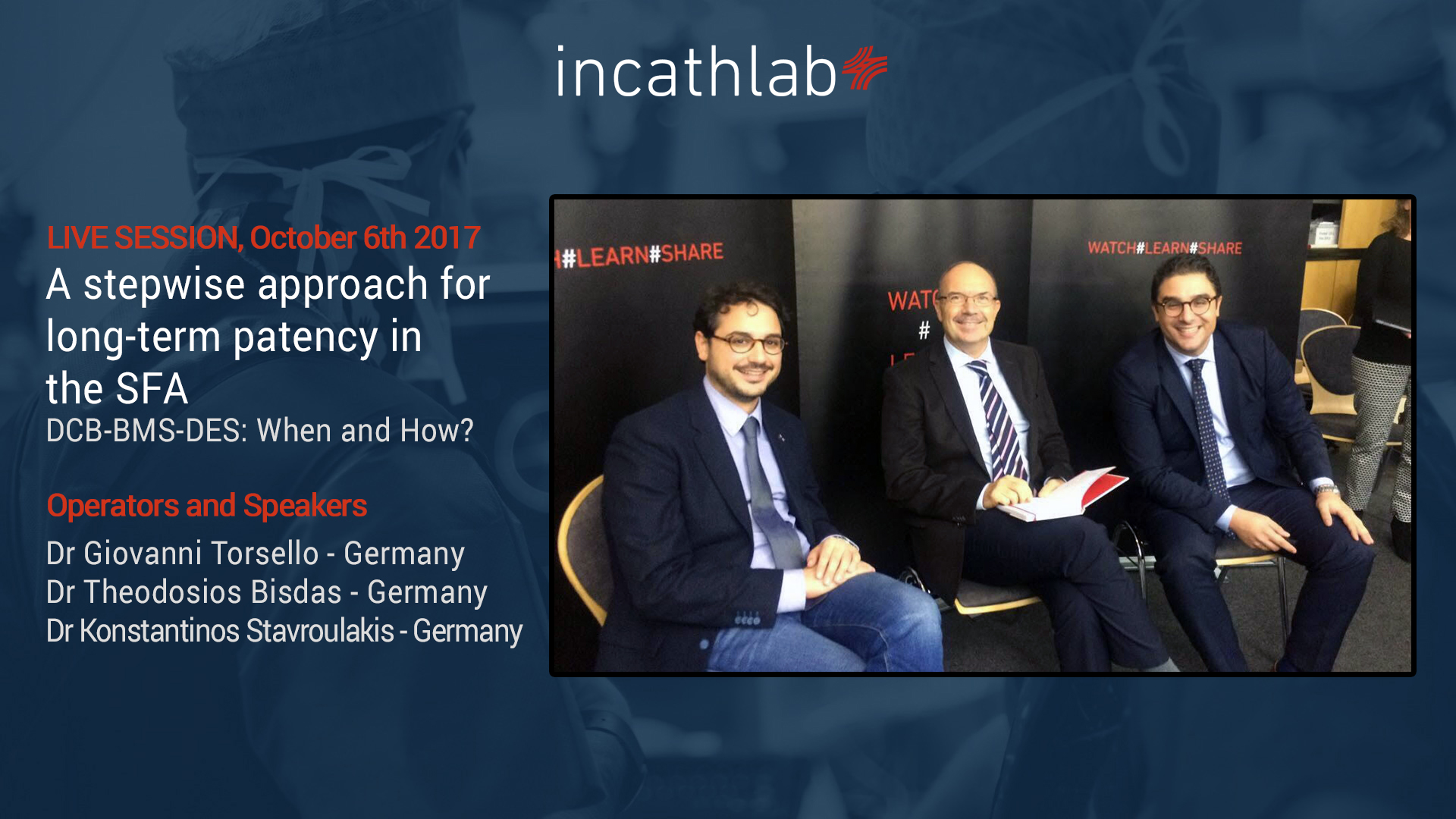
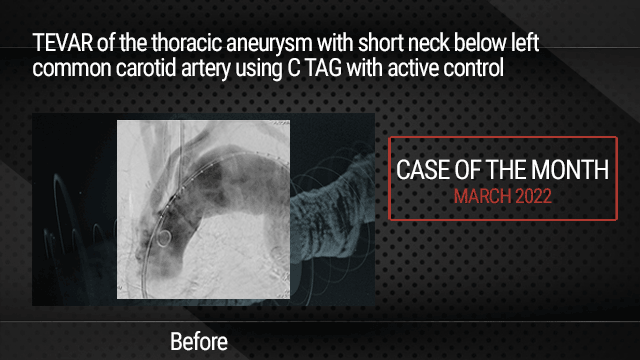
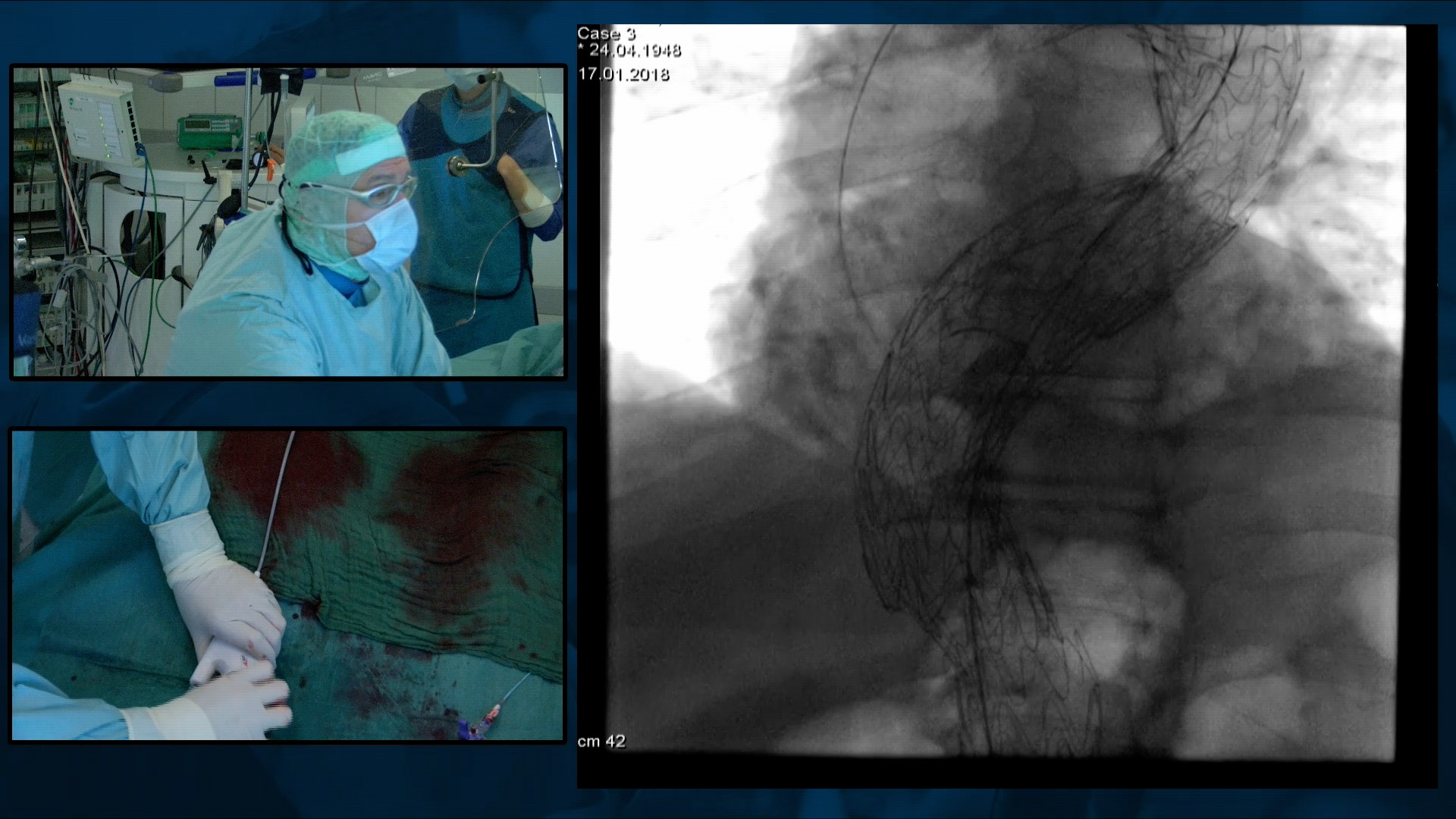

Nikolaos S. Which are the advantages of the Gore thoracic device apart from the active meccanism in comparison with the well established long term results of the Zenith TX and also the newer Zenith Alpha thoracic stent graft? Nikolaos Sch.
William O. Greetings from Detroit.
Could you discuss guideline for spinal drainage?